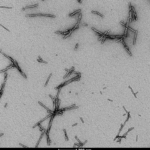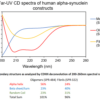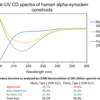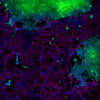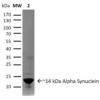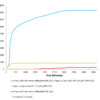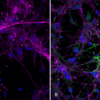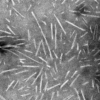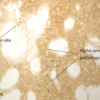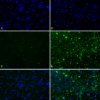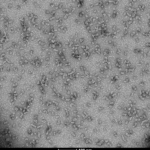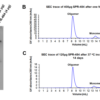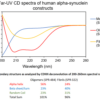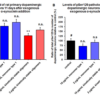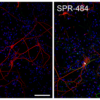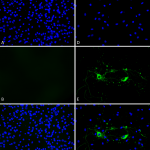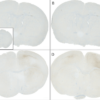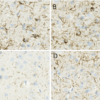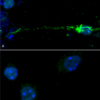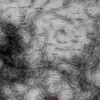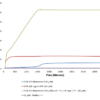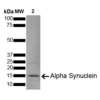Parkinson’s Disease
What is Parkinson’s Disease?
Parkinson’s disease is a progressive neurological disorder, characterized by degeneration of the central nervous system. The symptoms are due to the death of dopamine-producing neurons in the substantia nigra.
The symptoms of Parkinson’s disease are motor-related and include difficulty walking, gait abnormalities, shaking, and stiffness.
The cause of Parkinson’s disease is often unknown, however around 15% of cases occur in people who have a relative with the disease. Although the disease is not considered a genetic disorder, 5% of sufferers have a mutation in one of several genes including alpha synuclein (SNCA), Parkin (PRKN), leucine-rich repeat kinase 2 (LRRK2/dardarin), PTEN-induced putative kinase 1 (PINK1), Ubiquitin carboxyl-terminal hydrolase isozyme L1 (UCHL1), DJ-1 and ATP13A2.
Mutations in the gene LRRK2, which encodes the protein called dardarin, have been shown to cause the autosomal dominant Parkinson disease 8 (PARK8), as well as some sporadic cases. Mutations in this gene cause the majority of familial cases of Parkinson’s disease.
Alpha synuclein is particularly important in Parkinson’s disease as it is the principle component of Lewy bodies. Lewy bodies are the main pathological feature of Parkinson’s disease as well as other forms of dementia. They develop within neurons, and are made up of alpha synuclein fibrils and other associated proteins such as tau, ubiquitin, neurofilament protein, and alpha B crystallin.
Mutations in the mitochondrial localized PTEN-induced putative kinase 1 (PINK1) have been shown to cause the autosomal recessive Parkinson disease 6 (PARK6). PINK1 mutations lead to a build-up of improperly folded proteins and an inability to protect neurons from cellular stress and apoptosis.
A point mutation in Ubiquitin carboxyl-terminal hydrolase isozyme L1 (UCHL1) has been shown to cause the autosomal dominant Parkinson disease 5 (PARK5). Additionally, a polymorphism in UCHL1, which increases antioxidant activity, may protect against early onset Parkinson’s disease.
Mutations in Transient receptor potential cation channel subfamily M member 7 (TRPM7) have also been associated with increased susceptibility to Amyotrophic lateral sclerosis-parkinsonism/dementia complex 1 (ALS-PDC1).
Parkinson’s disease research requires a great diversity of life science products to investigate new methods for diagnosis and treatment. We are dedicated to developing cutting edge research products to aid in the study of Parkinson’s disease, including antibodies, proteins, immunoassays, small molecule inhibitors, and alpha synuclein pre-formed fibrils (PFFs), oligomers, and monomers.
View all Parkinson’s Disease Products
